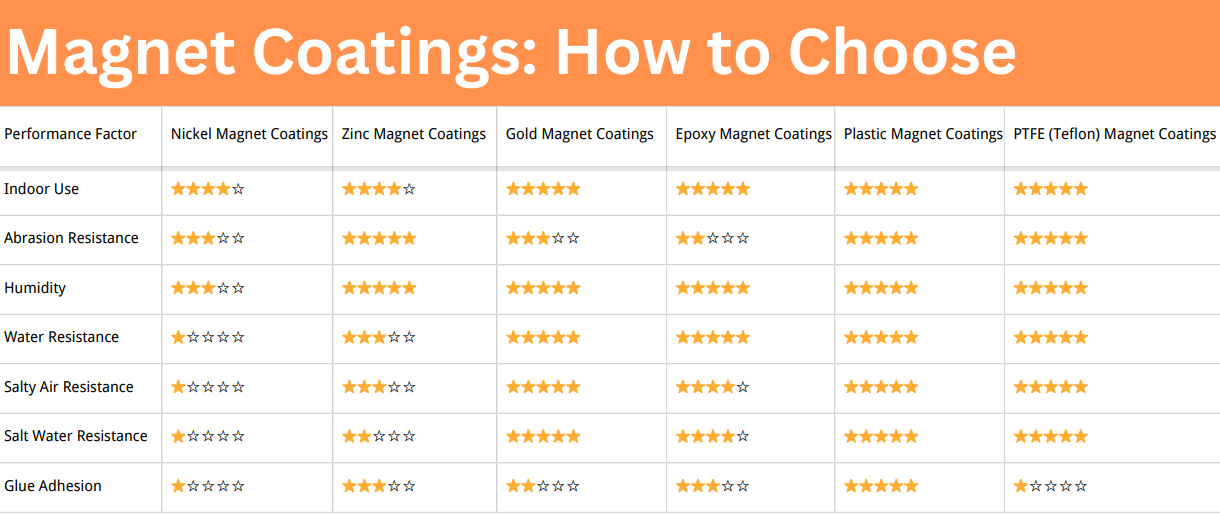Magnetic Materials in Permanent Magnet Motors
The permanent magnet motor uses permanent magnets to generate the motor's magnetic field. It does not require an excitation coil or excitation current. It has high efficiency and a simple structure and is a good energy-saving motor. Compared with traditional electric excitation motors, permanent magnet motors have obvious advantages such as simple structure, reliable operation, small size, lightweight, low loss, and high efficiency. In this article, let's take a look at the magnetic materials in permanent magnet motors.
 Magnetic Materials in Permanent Magnet Motors
Magnetic Materials in Permanent Magnet Motors
Before diving into our article, let's figure out the applications of permanent magnet motors first.
The application range of permanent magnet motors is extremely wide, covering almost all areas of aerospace, national defense, industrial and agricultural production, and daily life. With the development of high-performance permanent magnet materials and the rapid development of control technology, the application of permanent magnet motors will become more extensive.
The Magnetic Materials in Permanent Magnet Motors
The development of permanent magnet motors is closely related to the development of permanent magnet materials.
The first motor in the world that appeared in the 1820s was a permanent magnet motor that generated an excitation magnetic field from a permanent magnet. However, the permanent magnet material used at that time was natural magnetite (Fe3O4), which had a very low magnetic energy density. The motor made from natural magnetite (Fe3O4) was bulky, and it was soon replaced by an electrically excited motor.
With the rapid development of various motors and the invention of current magnetizers, people have conducted in-depth research on the mechanism, composition, and manufacturing technology of permanent magnet materials, and successively discovered carbon steel and tungsten steel (the maximum magnetic energy product is about 2.7 kJ/m3 ), cobalt steel (maximum magnetic energy product is about 7.2kJ/m3) and many other permanent magnet materials.
In particular, the magnetic properties of AlNiCo permanent magnets (maximum magnetic energy product up to 85kJ/m3) that appeared in the 1930s and ferrite permanent magnets (maximum energy product up to 40kJ/m3) that appeared in the 1950s have been greatly improved. Therefore, various micro and small motors have used permanent magnets for excitation.
However, the coercivity of AlNiCo permanent magnets is low (36-160 kA/m), and the remanence density of ferrite permanent magnets is not high (0.2-0.44 T), which limits their application range in motors.
Until the 1960s and 1980s, SmCo permanent magnets and neodymium iron boron permanent magnets came out one after another. Their high remanence, high coercivity, high energy product, and excellent magnetic properties of linear demagnetization curves are particularly suitable for manufacturing motors so the development of permanent magnet motors has entered a new historical period.
Conclusion
Thank you for reading our article and we hope it can help you to have a better understanding of the magnetic materials in permanent magnet motors. If you want to know more about magnets, we would like to advise you to visit Stanford Magnets for more information.
Stanford Magnets is a leading magnet supplier across the world, that has been involved in R&D, manufacturing, and sales of magnets since the 1990s. It offers customers high-quality permanent magnets like neodymium magnets, SmCo magnets, AlNiCo magnets, and ferrite magnets (ceramic magnets) at a very competitive price.














